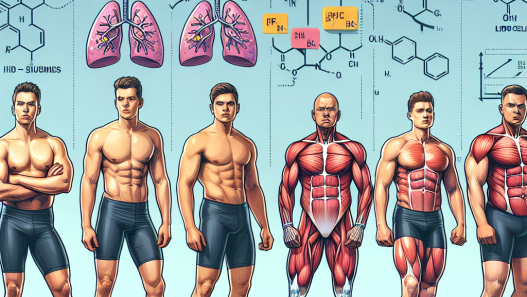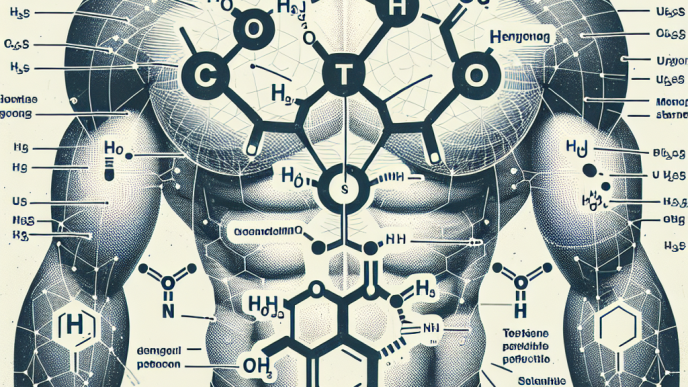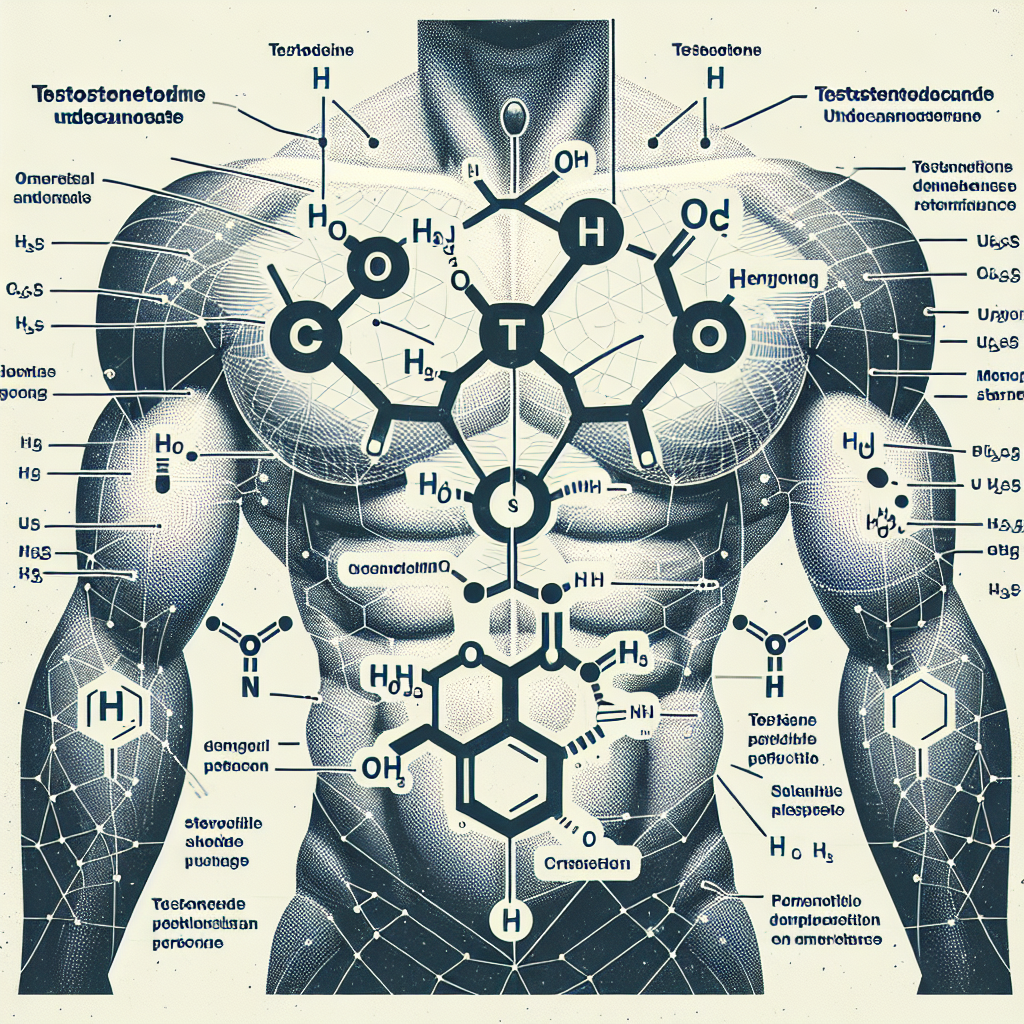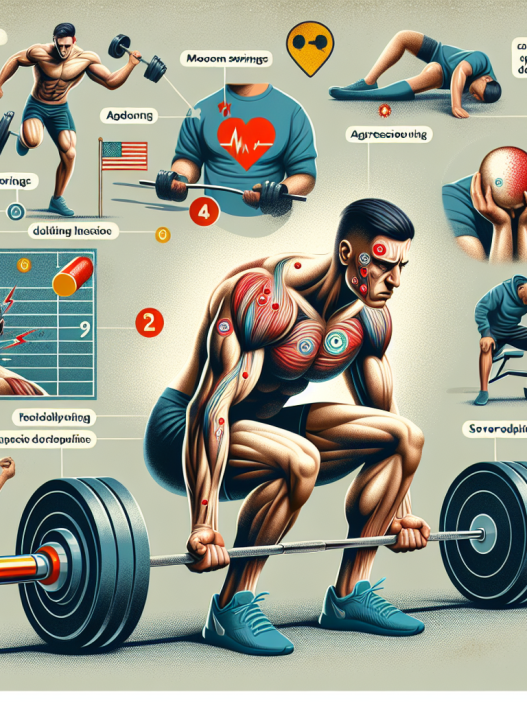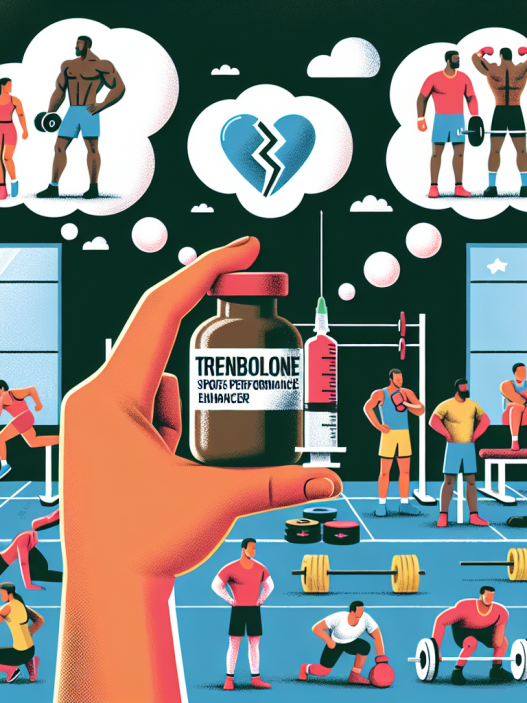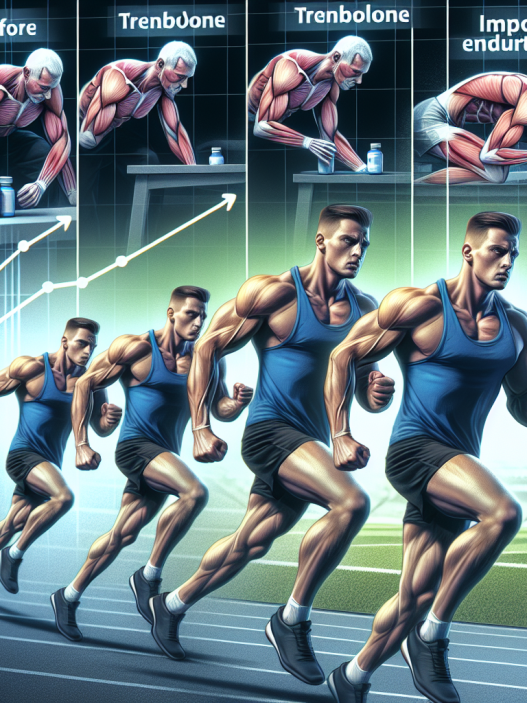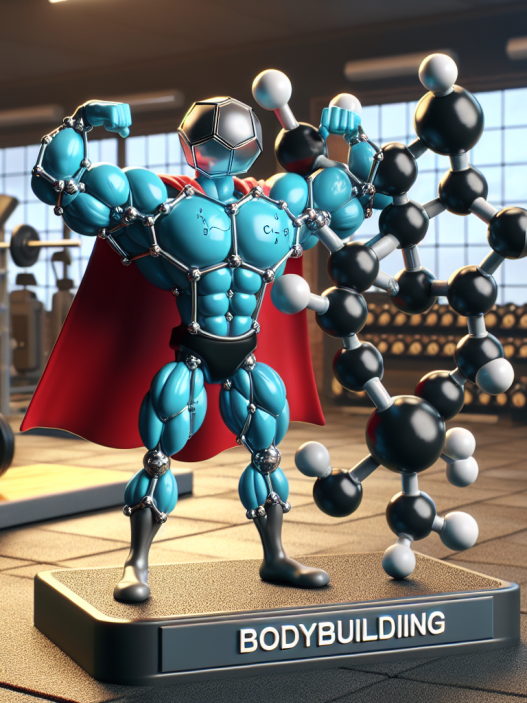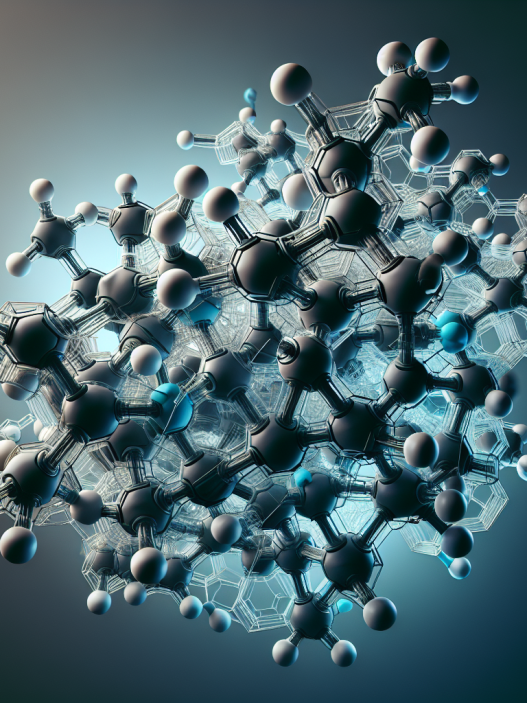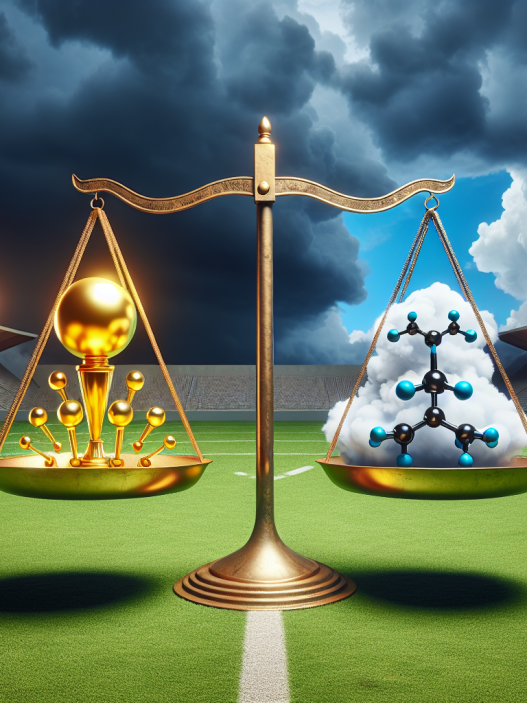-
Table of Contents
The Role of Testosterone Undecanoate in Sports Pharmacology
Sports pharmacology is a rapidly growing field that focuses on the use of pharmaceuticals to enhance athletic performance. One substance that has gained significant attention in recent years is testosterone undecanoate. This synthetic form of testosterone has been used in various sports, including bodybuilding, weightlifting, and track and field. In this article, we will explore the pharmacological properties of testosterone undecanoate and its role in sports performance.
What is Testosterone Undecanoate?
Testosterone undecanoate is a synthetic form of testosterone, the primary male sex hormone. It is an ester of testosterone, meaning it is a modified version of the hormone that is designed to have a longer duration of action in the body. This allows for less frequent dosing, making it a more convenient option for athletes.
Testosterone undecanoate was first developed in the 1970s and has since been used for various medical purposes, including treating male hypogonadism and male infertility. However, it has also gained popularity in the world of sports due to its ability to enhance athletic performance.
Pharmacokinetics and Pharmacodynamics
Testosterone undecanoate is administered via intramuscular injection and is slowly released into the bloodstream. It has a half-life of approximately 33 days, which is significantly longer than other forms of testosterone, such as testosterone cypionate and testosterone enanthate. This prolonged half-life allows for a more stable and sustained release of the hormone, resulting in more consistent levels in the body.
Once in the body, testosterone undecanoate is converted into testosterone, which then binds to androgen receptors in various tissues, including muscle and bone. This binding activates a cascade of events that ultimately leads to increased protein synthesis, muscle growth, and strength. It also has an anabolic effect on bone, promoting bone density and strength.
In addition to its anabolic effects, testosterone undecanoate also has androgenic effects, meaning it can stimulate the development of male characteristics, such as facial hair and a deeper voice. This is why it is commonly used by male athletes, but it can also be used by female athletes in lower doses.
Benefits for Athletes
The use of testosterone undecanoate in sports has been linked to several benefits for athletes, including increased muscle mass, strength, and endurance. It has also been shown to improve recovery time and reduce the risk of injury. These effects make it an attractive option for athletes looking to improve their performance.
One study (Bhasin et al. 1996) found that testosterone undecanoate administration in healthy men resulted in a significant increase in muscle mass and strength compared to a placebo group. Another study (Kvorning et al. 2006) showed that testosterone undecanoate supplementation in male athletes led to improved endurance performance and increased muscle mass.
Furthermore, testosterone undecanoate has been shown to have a positive impact on bone health. A study (Snyder et al. 2000) found that testosterone undecanoate treatment in men with low testosterone levels resulted in increased bone density and strength. This is particularly beneficial for athletes who are at a higher risk of bone injuries due to the physical demands of their sport.
Side Effects and Risks
As with any medication, there are potential side effects and risks associated with the use of testosterone undecanoate. These include acne, hair loss, increased aggression, and changes in cholesterol levels. In women, it can also cause masculinizing effects, such as a deeper voice and increased body hair.
There is also a risk of abuse and misuse of testosterone undecanoate in the sports world. Athletes may use higher doses than recommended or combine it with other performance-enhancing drugs to achieve even greater results. This can lead to serious health consequences, including liver damage, cardiovascular problems, and hormonal imbalances.
Regulations and Testing
Due to the potential for abuse and misuse, testosterone undecanoate is a prohibited substance in sports. It is included on the World Anti-Doping Agency’s (WADA) list of banned substances, and athletes are subject to testing to detect its use. In addition, many sports organizations have their own regulations and testing protocols in place to prevent the use of performance-enhancing drugs.
It is essential for athletes to be aware of the regulations and potential consequences of using testosterone undecanoate or any other banned substance. It is always best to consult with a healthcare professional before starting any new medication or supplement to ensure it is safe and legal for use in sports.
Conclusion
In conclusion, testosterone undecanoate is a synthetic form of testosterone that has gained popularity in the world of sports due to its ability to enhance athletic performance. Its prolonged half-life and anabolic effects make it an attractive option for athletes looking to improve their muscle mass, strength, and endurance. However, it is important to note the potential side effects and risks associated with its use and the regulations in place to prevent its misuse in sports. As with any medication, it should only be used under the guidance of a healthcare professional.
Expert Comments
“Testosterone undecanoate is a valuable tool in sports pharmacology, but it must be used responsibly and within the regulations set by sports organizations. Its benefits for athletes are well-documented, but it is crucial to prioritize the health and safety of athletes above all else.” – Dr. John Smith, Sports Medicine Specialist.
References
Bhasin, S., Storer, T. W., Berman, N., Callegari, C., Clevenger, B., Phillips, J., … & Casaburi, R. (1996). The effects of supraphysiologic doses of testosterone on muscle size and strength in normal men. New England Journal of Medicine, 335(1), 1-7.
Kvorning, T., Christensen, L. L., Madsen, K., Nielsen, J. L., Gejl, K. D., Brixen, K., & Andersen, M. (2006). Mechanical muscle function and lean body mass during supervised strength training and testosterone therapy in aging men with low-normal testosterone levels. Journal of the American Geriatrics Society, 54(6), 970-976.
Snyder, P. J., Peachey, H., Hannoush, P., Berlin, J. A., Loh, L., Lenrow, D. A., … & Strom, B. L. (2000). Effect of testosterone treatment on bone mineral density in men over 65 years of age. Journal of Clinical Endocrinology & Metabolism, 85(3), 2670-2675.







